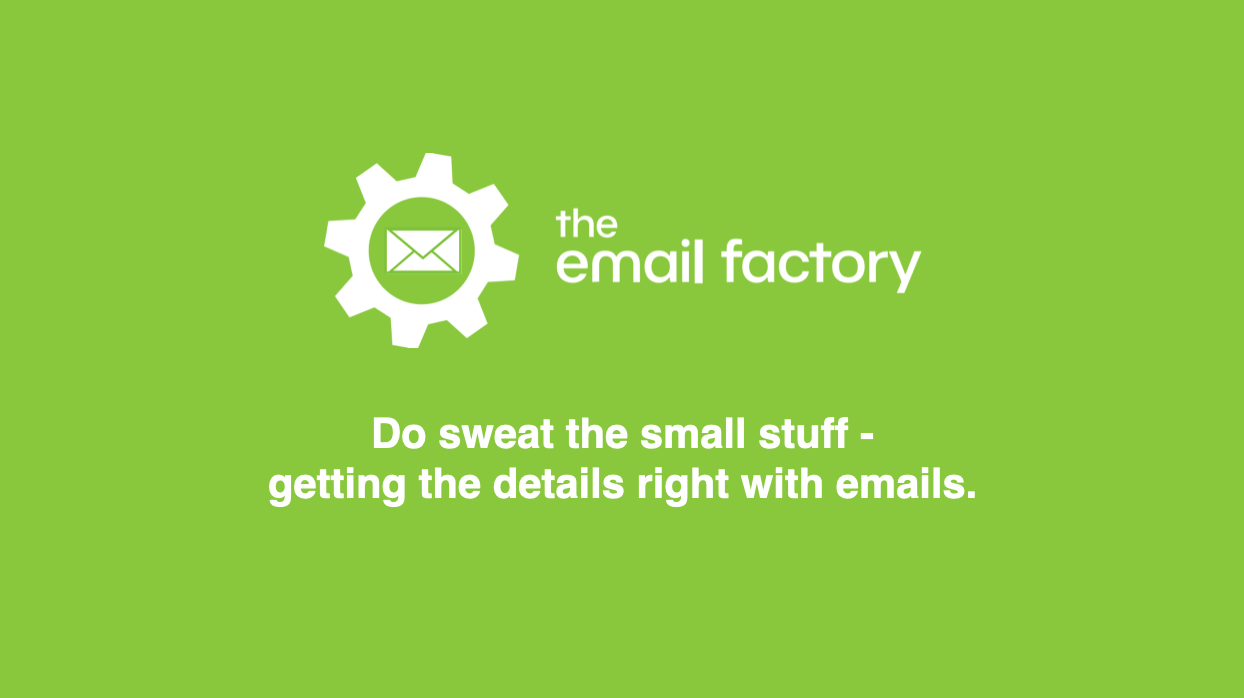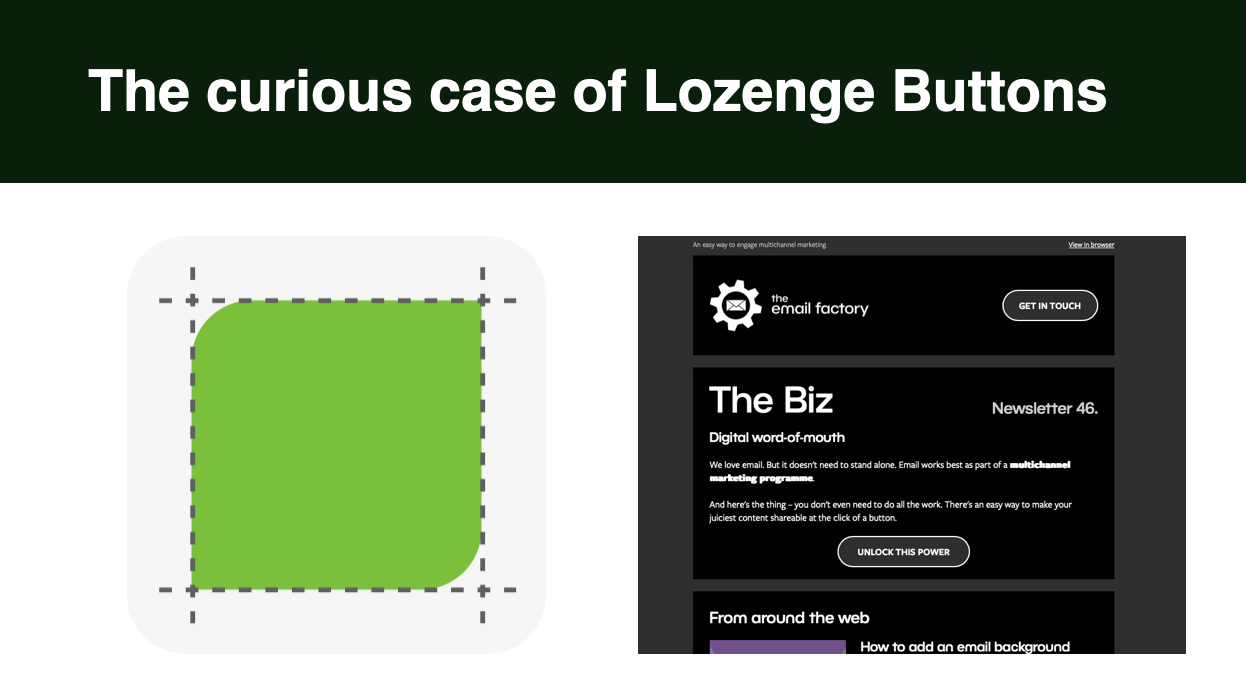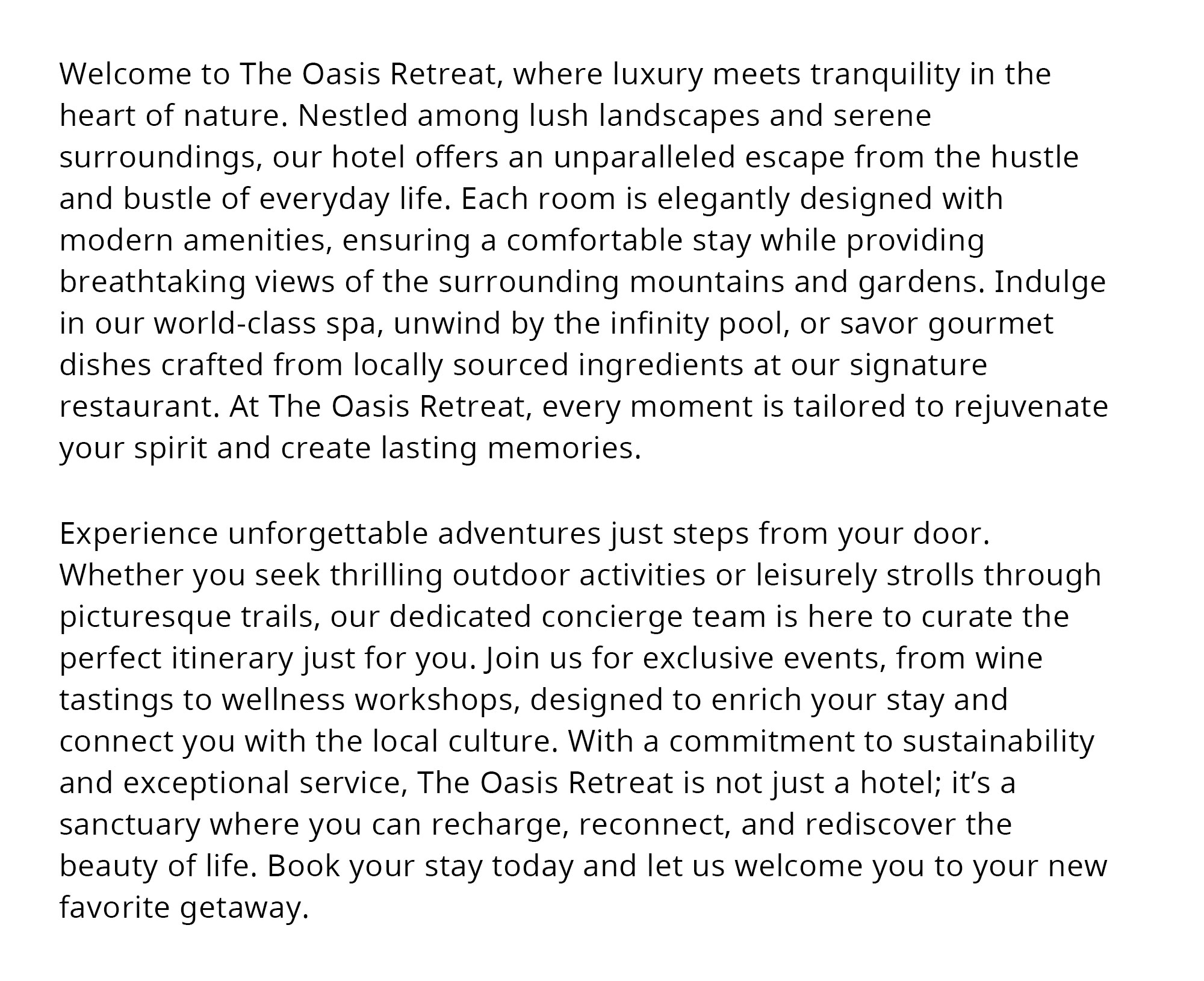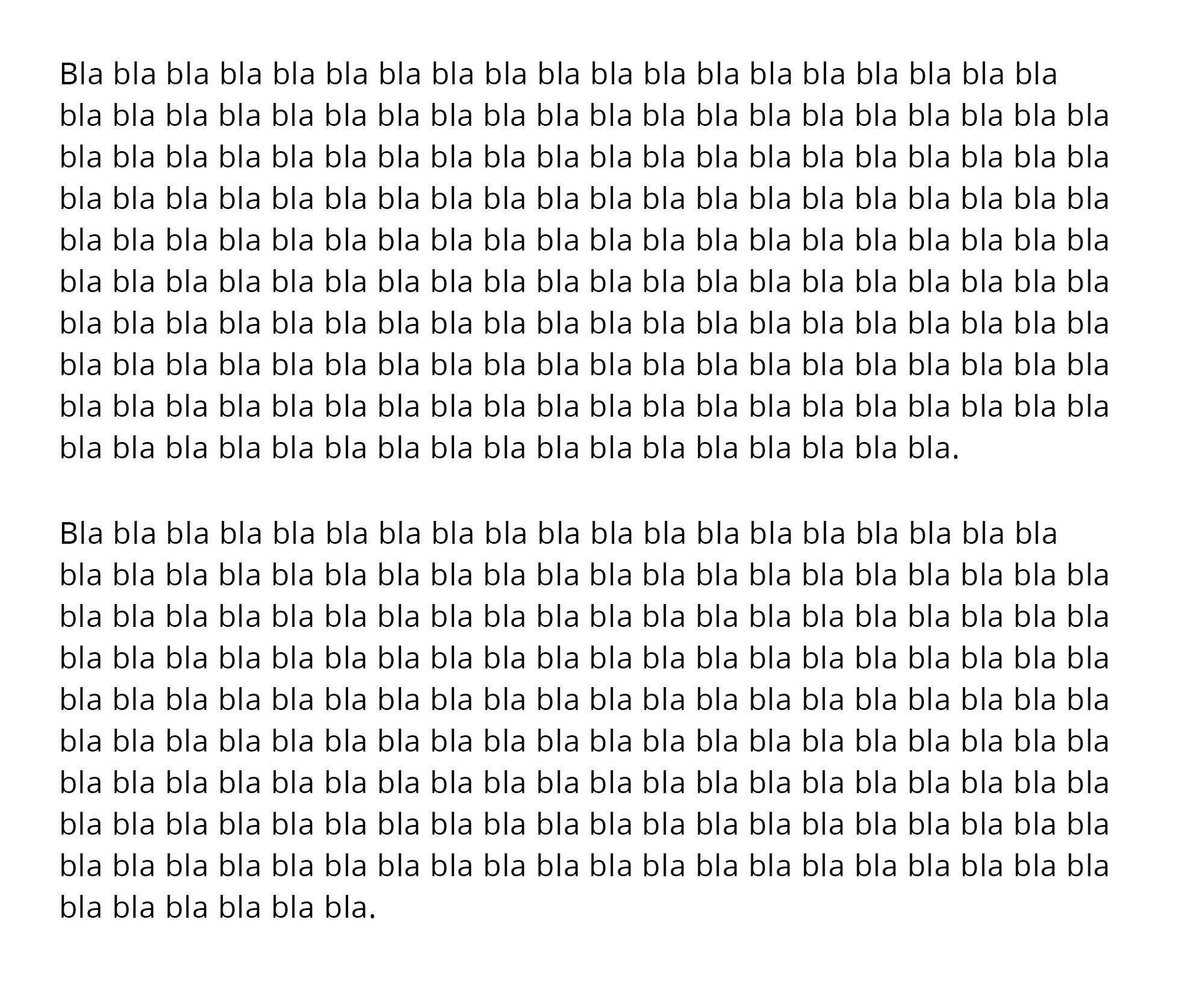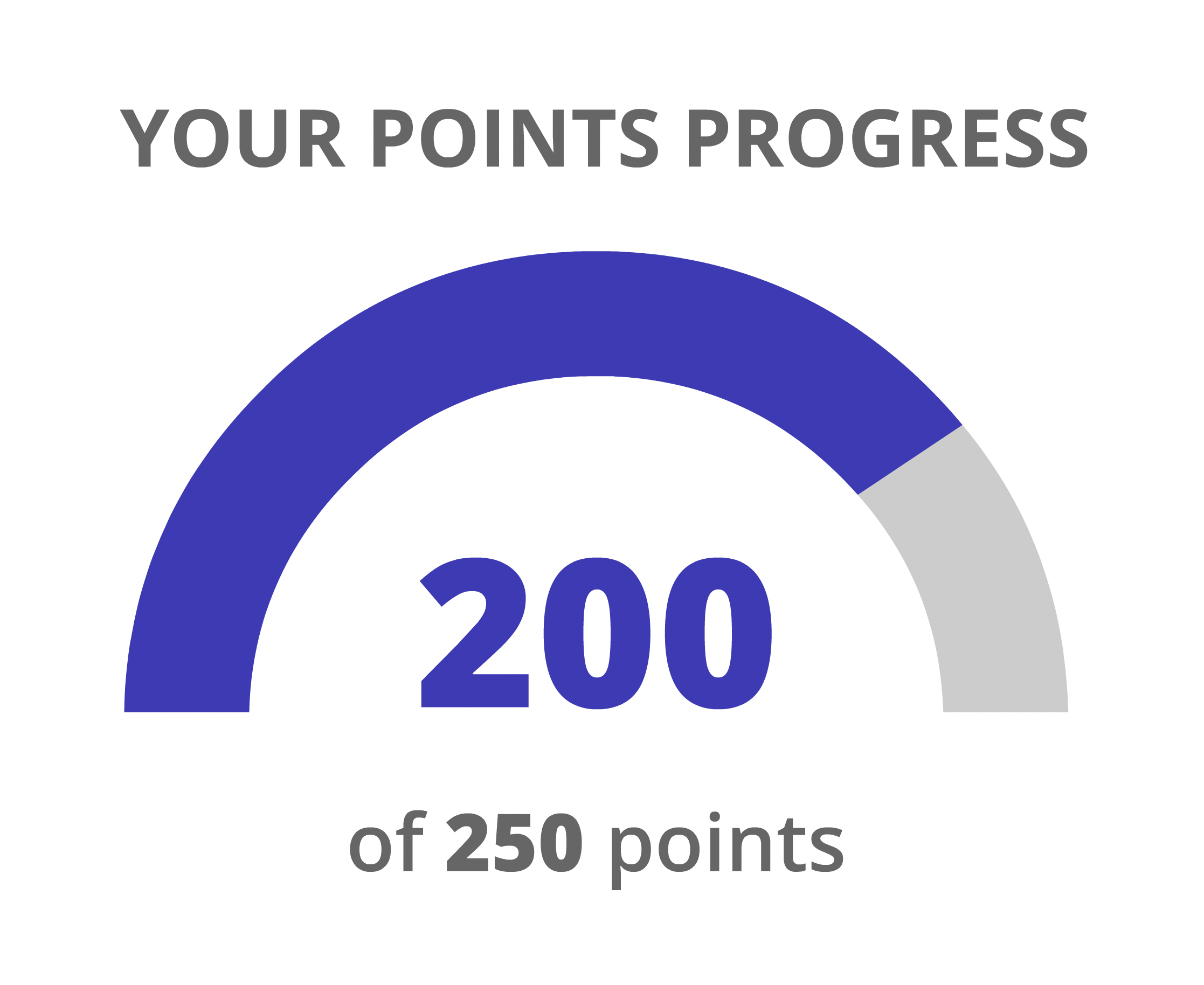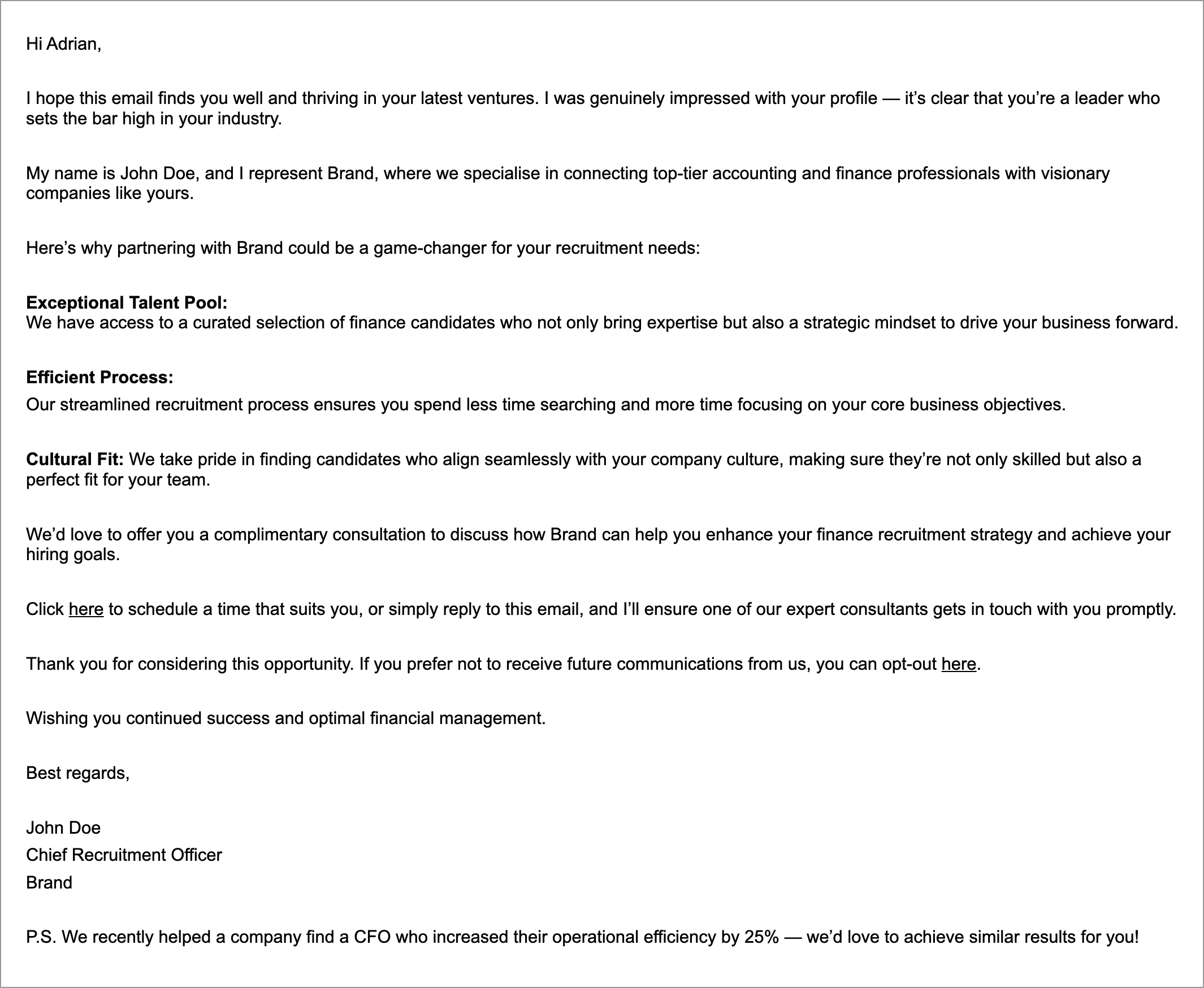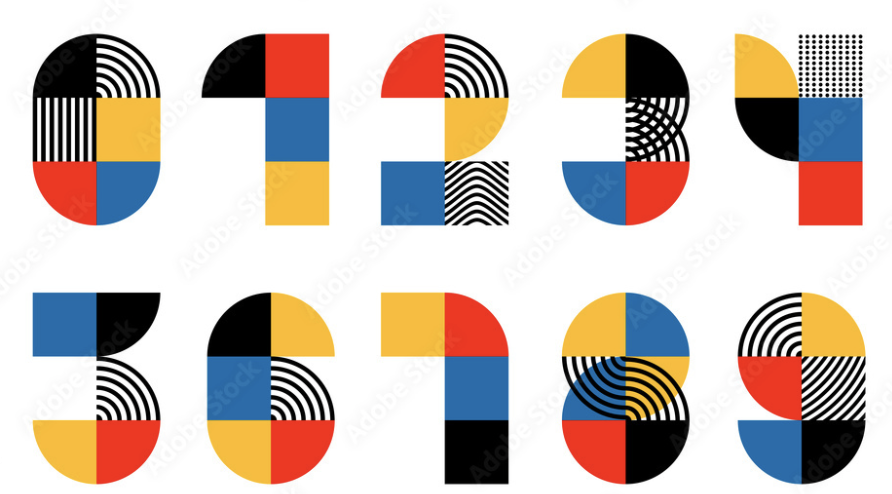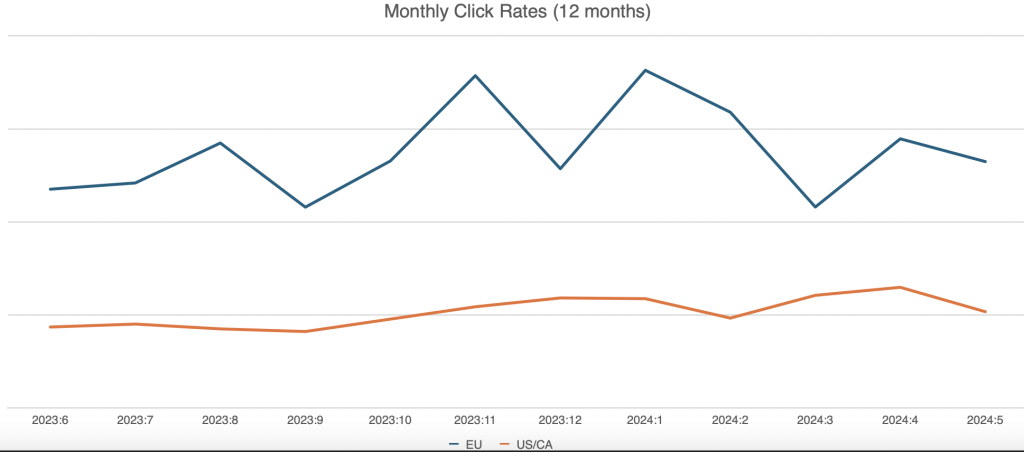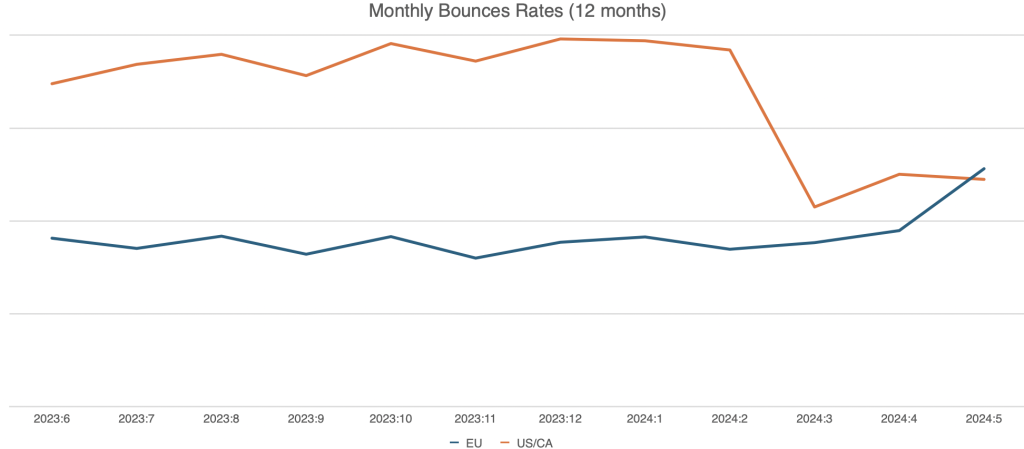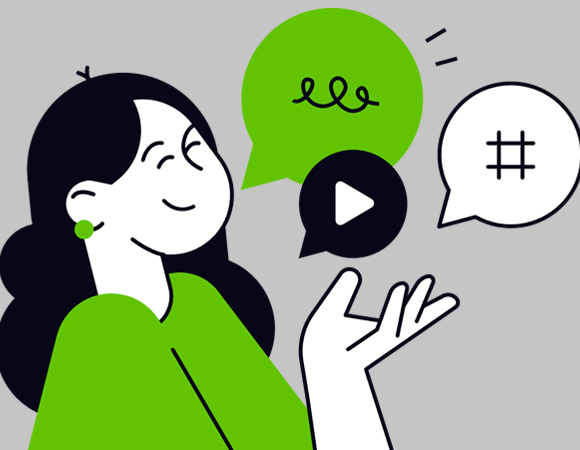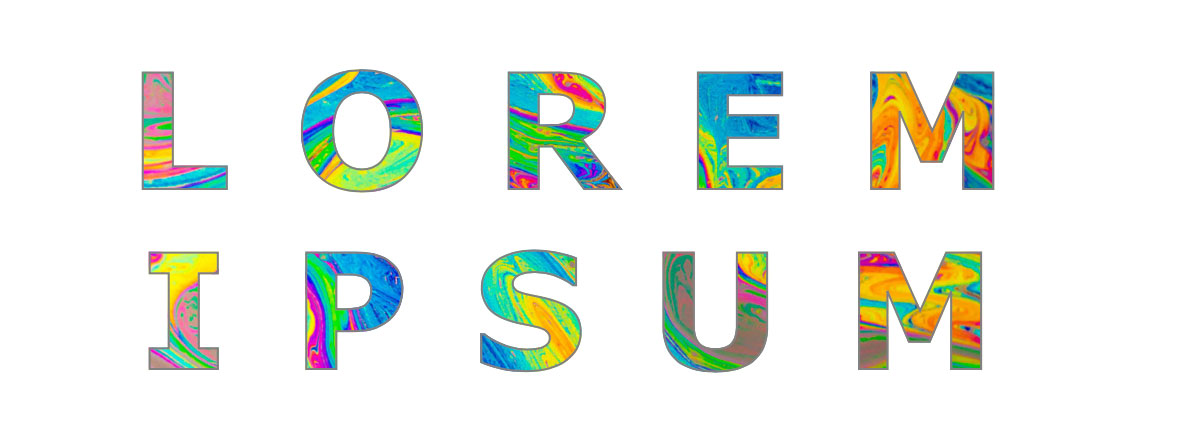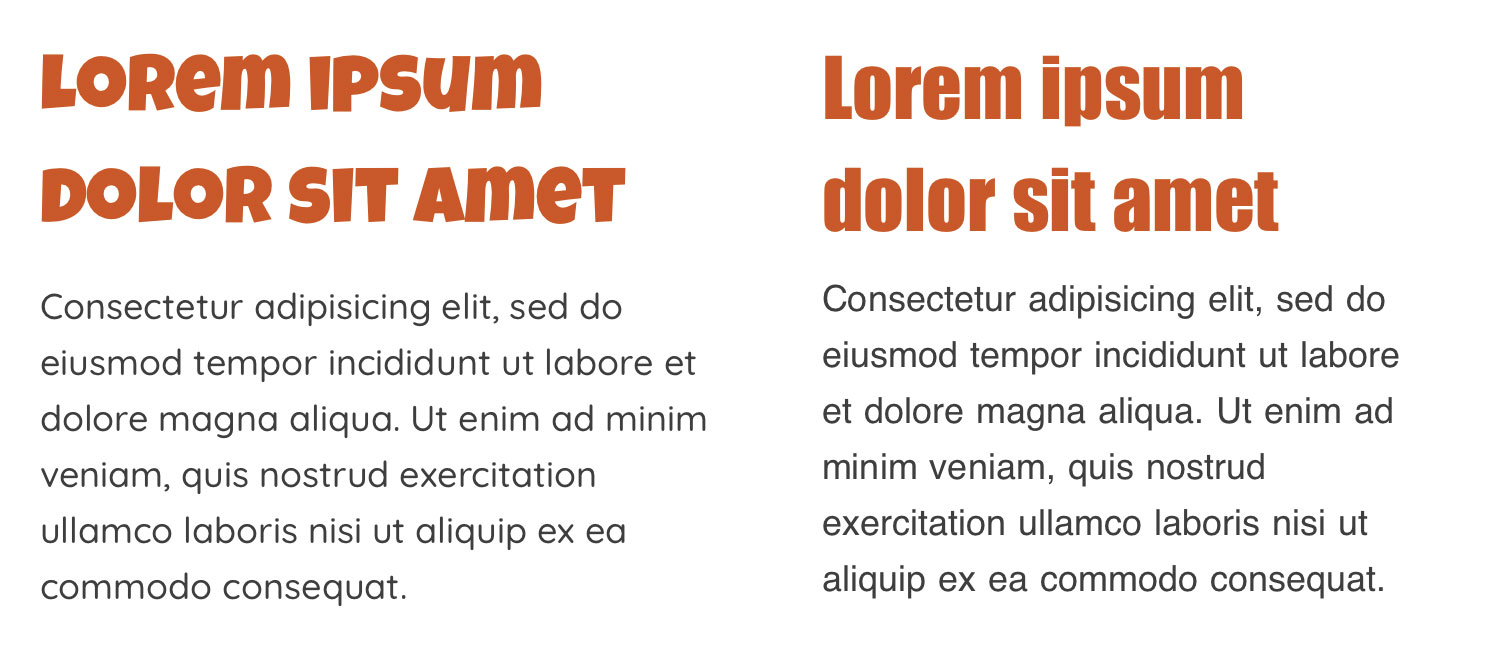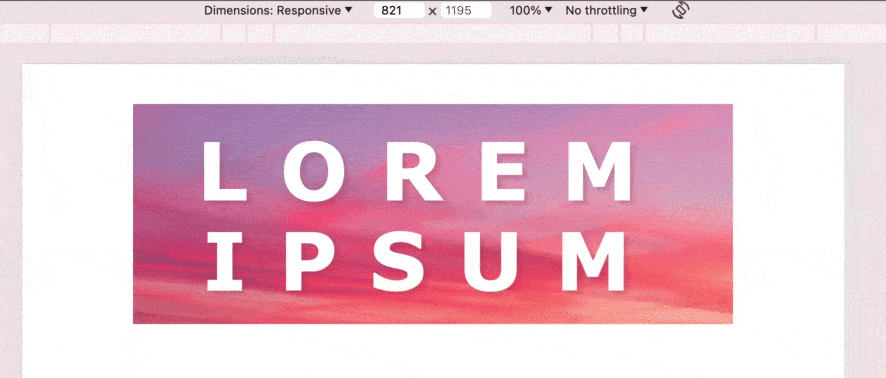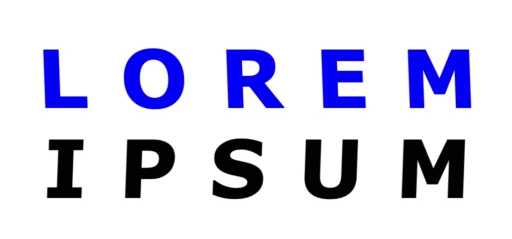I swear by documentation. I’m borderline obsessive about writing down every step of every procedure in the workplace.
Don’t get me wrong – I have no deep love for drily-written, yawn-inducing process guides in themselves, nor the tedious production and maintenance thereof. But I do love avoiding situations where everyone is stumped and wonders how the hell do we do this thing?.
Feeling SOP-py
Standard Operating Procedure, or SOP, is the formal business terminology. To quote TechTarget:
“A standard operating procedure is a set of step-by-step instructions for performing a routine activity.”
Once it’s written down in black and white, it is the official way to work. Every person in an organisation will be on the same page, and their work will be consistent and correct.
Fragmented knowledge
That’s nice in theory, but in practice it can be a different story. All too often, knowledge exists only in people’s heads. That’s a precarious situation.
I’ve seen it time and time again: a person knows how to perform a particular task. Let’s call him Neil. To Neil, that task is easy. It’s his bread and butter. To everyone else, it is the thing that Neil does.
But the time will come when Neil is unavailable… or leaves the company, permanently. Goodbye Neil, goodbye Neil’s knowledge.
The mad scramble
What happens next is never pretty. The people who must attempt to figure out that undocumented task must first carry out some detective work. A developer, for example, might need to read and interpret someone else’s code in an attempt to put the pieces together. The clock is ticking, deadline panic is growing, and we’re still at the research stage. The actual work hasn’t even begun.
An ounce of prevention
If only someone had written this all down, eh? When high quality documentation exists, it heads off such problems before they even begin. Sure, it would still take a person some time to read the information, but it would be nothing compared to figuring things out from scratch. And crucially it would be correct.
Documental clarity
Documentation can come in many forms. Written step-by-step instruction is the most obvious format but not the only one. There are plenty of other options, including infographics, screenshots, flowcharts, animations and videos.
Personally, I like to use simple text files as much as possible. UPPER CASE to highlight words for scanning. Bullet points for readability. Indentation for hierarchy. A #CHAPTER system to aid navigation. This format may not be the most thrilling thing to look at, but the ease-of-update is impossible to beat.
Whatever format works for you, detail is crucial. It may be painfully obvious to one person how to get from Step A to Step D, but that leaves Steps B and C open to interpretation. Better to delineate the whole lot. If a new person can hypothetically use the documentation to perform a task from start-to-finish without any other training, then you know it’s good.
Good for the business, good for the brain
As the old adage says, time is money. Poor quality, outdated or non-existent documentation always results in wasted time, and can potentially result in mistakes.
It’s also bad for individuals. The mad scramble I referred to earlier is a stressful experience. Looking at the broader topic of digital organisation, an Adobe study found that between 18% and 25% of employees have thought about bailing out due to disorganised practices. Maybe that’s why Neil left.
Documentation is worth the effort in both a commercial and a human sense.
Managing documentation
Documentation isn’t a nice-to-have. It’s an essential for any company that wants to work at peak efficiency.
Company management should take an active interest in it and reinforce its value, even if they’re not hands-on with the tasks in question. It doesn’t just benefit a particular employee doing a particular thing – it benefits everyone.
Whether you’re carrying out that once-in-a-blue-moon task, or covering for a colleague, or training new staff, you’ll be thankful that someone took the time to write it all down.







